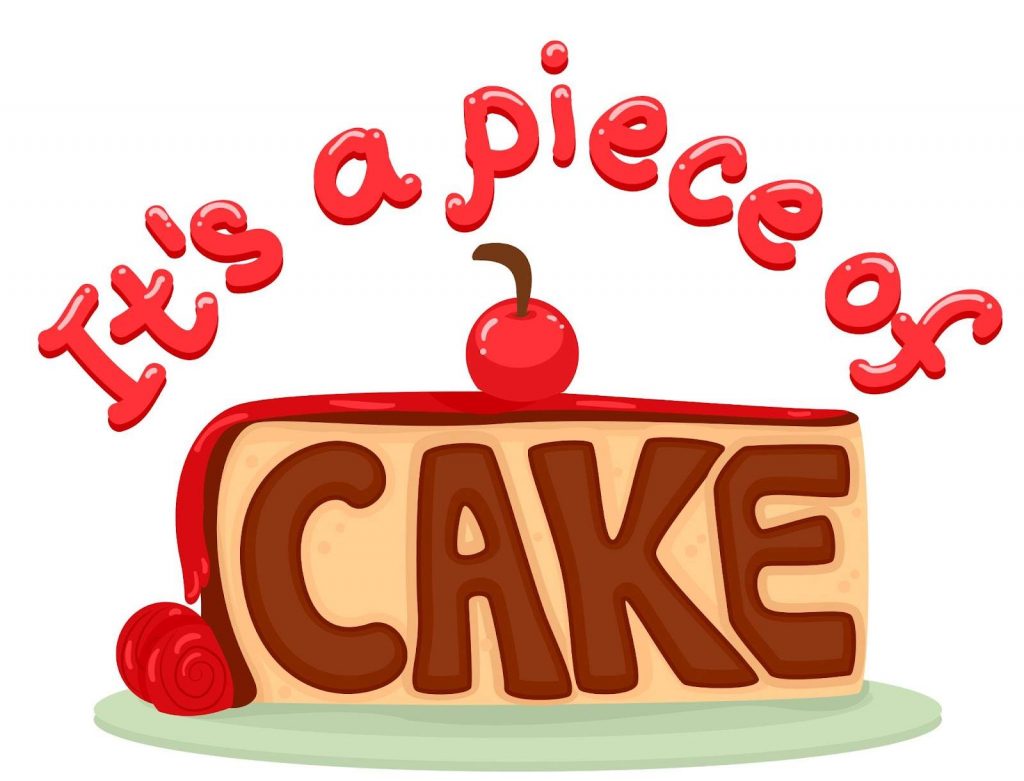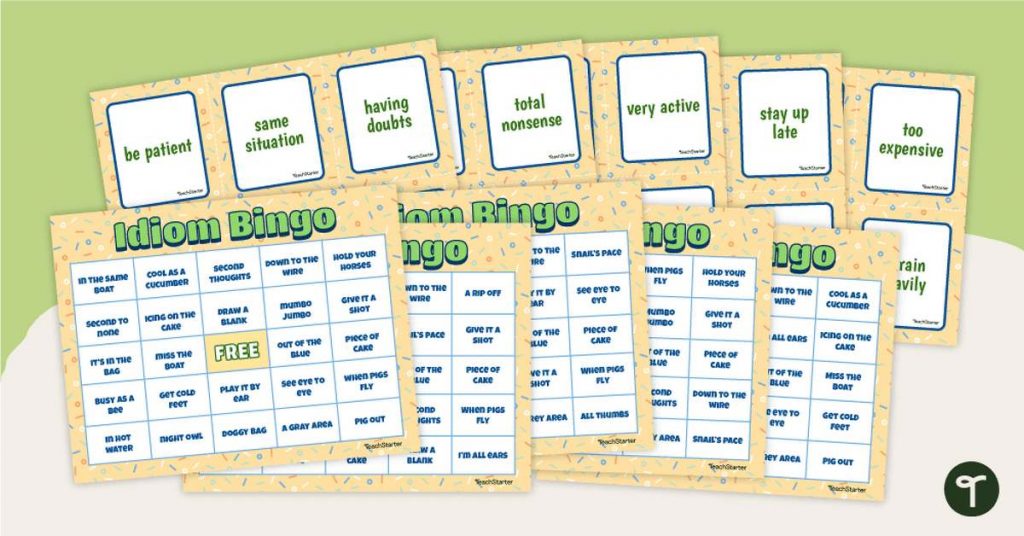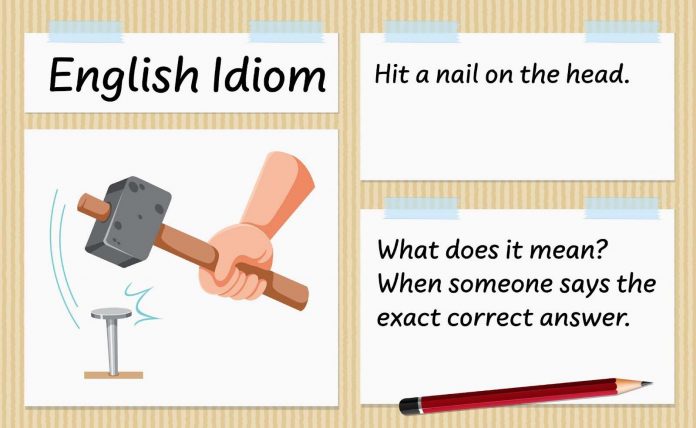Teaching idioms to children is a crucial aspect of language development, yet it’s often overlooked. Idioms, those quirky phrases that don’t always mean what they say, are a key part of understanding everyday language. In this guide, we’ll explore how to teach idioms effectively, ensuring that kids grasp their meanings and enjoy learning them.
Math & ELA | PreK To Grade 5
Kids see fun.
You see real learning outcomes.
Watch your kids fall in love with math & reading through our scientifically designed curriculum.
Parents, try for free Teachers, use for free
Idioms are expressions whose meanings cannot be inferred from the meanings of the words that make them up. For example, “raining cats and dogs” doesn’t involve pets falling from the sky, but rather, it means it’s raining very heavily. These phrases add color and richness to language, making conversations more vivid and expressive. Understanding idioms is essential for kids as it enhances their communicative abilities and helps them grasp the nuances of the language. As we delve into idioms, we’ll discover fun and engaging ways to integrate these expressions into children’s language learning journey.
How to Teach Idioms to Kids: Tips & Activities To Master Idioms
1. Start with Simple Idioms

Begin your idiom activities by introducing easy idioms for kids to understand. Phrases like “a piece of cake” for something easy or “cry over spilled milk” for not worrying about small problems are great starters. These simple idioms help children grasp the concept without feeling overwhelmed.
2. Use Visual Aids

Visual aids are powerful tools in teaching idioms. Use pictures, flashcards, or videos to illustrate the meaning of each idiom. For instance, showing a picture of someone actually “letting the cat out of the bag” can be a fun and memorable way for kids to learn what the phrase means. These activities with idioms make the learning process engaging and easier to remember.
3. Contextual Learning
One of the most effective ways to teach idioms is by placing them in context. Use stories, real-life situations, or role-play scenarios where these idioms naturally occur. For example, in a story about a birthday party, you could introduce the idiom “piece of cake” to describe how easy it was to organize the party. This method helps children understand how and when to use idioms appropriately.
4. Role-Playing
Role-playing is a fantastic way to bring idioms to life. Encourage kids to act out scenarios where they can use specific idioms. For instance, they could pretend to be weather reporters using the idiom “raining cats and dogs.” This interactive approach makes learning fun and helps kids understand how to use idioms in conversation.
5. Create an Idiom Wall
A visually appealing and interactive idiom wall can be a great addition to your classroom or home. When introducing a new idiom, add it to the wall with a picture or drawing representing its meaning. Kids can refer to this wall regularly, reinforcing their learning and making remembering the idioms easier.
Related Reading: Best Classroom Decoration Ideas
6. Idiom of the Day or Week

Make idioms a daily learning habit by introducing an ‘Idiom of the Day.’ This can be a fun routine where a new idiom is discussed and explored every day. You can write the idiom on a board, discuss its meaning, and even have kids use it in a sentence. This regular practice helps in gradually building a strong foundation in idioms.
Related Reading: How To Make Simple Sentences For Kids
7. Use Idiom Books and Resources

There are many books to teach idioms that can be incredibly helpful. These resources often provide explanations, examples, and activities centered around idioms. Encourage kids to read these books or use these resources as part of their learning. This not only aids in understanding but also shows them the vast array of idioms used in the language, enhancing their overall grasp of how to teach idioms effectively.
Related Reading: Best English Language Learning Apps for Kids
8. Games and Puzzles

Integrating idioms into games and puzzles is an excellent way to make learning fun. Create crossword puzzles or bingo games where the clues or answers are idioms. This type of idioms project engages kids and helps reinforce their understanding and recall of the idioms they’ve learned.
9. Encourage Writing with Idioms
Ask kids to use idioms to write stories, sentences, or even small paragraphs. This exercise encourages them to think creatively about how idioms can be used in different contexts. It’s a practical approach that helps them internalize the idioms they’ve learned, making these idiom ideas a part of their active vocabulary.
Related Reading: Best Writing Activities for Kids
10. Discuss Idiom Origins
Exploring the history and origin of common idioms can be fascinating for kids. It helps them understand why certain phrases mean what they do, adding depth to their learning. For example, learning why we say “barking up the wrong tree” can make the idiom more memorable and interesting.
11. Regular Review Sessions
Consistent review is key in learning idioms. Periodically revisiting the idioms taught ensures that kids retain what they’ve learned. These review sessions can be informal and fun, like a quick quiz or a discussion about an idiom they found in a book or heard in a conversation. Regular reviews help solidify their understanding and keep the idioms fresh in their minds.
10 Common Idioms and Their Meanings
1. Piece of cake: Something very easy to do.
Example: Finishing the puzzle was a piece of cake for her.
2. Break the ice: To initiate a conversation in a social setting.
Example: John told a funny joke to break the ice at the party.
3. Hit the books: To study hard.
Example: With exams next week, it’s time to hit the books.
4. Let the cat out of the bag: To reveal a secret.
Example: I let the cat out of the bag about the surprise party.
5. When pigs fly: Something that will never happen.
Example: He’ll clean his room when pigs fly.
6. Cost an arm and a leg: Very expensive.
Example: That designer dress cost her an arm and a leg.
7. Out of the blue: Something happening unexpectedly.
Example: She received a call from an old friend out of the blue.
8. The ball is in your court: It’s your decision or responsibility now.
Example: I’ve done all I could; now the ball is in your court.
9. Feeling under the weather: Not feeling well.
Example: I’m under the weather, so I’ll stay home today.
10. Spill the beans: Unintentionally reveal secret information.
Example: He spilled the beans about their secret wedding plans.
Related Reading: Best Idioms for Kids- With Examples & Easy Explanations
Why Teach Idioms to Kids?
Understanding how to teach idioms to kids is vital to their language development. Here’s why this aspect of learning is so important:
- Enhancing Language and Literary Skills: When kids learn idioms, they’re not just memorizing phrases but learning how to play with language. This understanding deepens their grasp of the language, making them more proficient in speaking and writing.
- Improving Cultural Understanding and Social Communication: Idioms often have roots in a culture’s history and values. By learning these phrases, kids gain insights into different cultural perspectives, essential in today’s global society. This knowledge not only aids in social communication but also helps build empathy and understanding towards different cultures.
- Preparing for Advanced Language Use in Later Life: As children grow, their language needs become more complex. Knowing idioms prepares them for advanced language use, vital in academic and professional settings. Understanding and using idioms correctly can be a significant advantage in later life, as it’s often a marker of language proficiency.
Conclusion
In conclusion, teaching idioms to kids is a fun and essential part of language learning. We can help children grasp these colorful expressions by using creative activities and engaging methods, enhancing their communication skills and cultural understanding. Remember, every idiom learned is a step towards richer and more effective language use, setting a strong foundation for their future linguistic adventures.
Related Reading: List of English Verbs for Kids to Improve Their English
Frequently Asked Questions (FAQs)
At what age should children start learning idioms?
Children can start learning idioms as early as their language skills allow them to understand metaphorical expressions, typically around 6 or 7. Starting with simple idioms and gradually introducing more complex ones can make learning enjoyable and effective.
How often should idioms be introduced to kids?
Introducing a new idiom once a week or bi-weekly is a good pace, allowing children enough time to understand, absorb, and practice each one. Regular but not overwhelming exposure helps in better retention and understanding.
How can parents reinforce idiom learning at home?
Parents can reinforce idiom learning by using idioms in daily conversations, reading stories or books rich in idioms, and encouraging children to create their own stories using idioms. This regular practice makes idioms a natural part of their vocabulary.
Are idioms essential for kids learning a second language?
Yes, learning idioms is essential in second language acquisition as it provides deeper cultural insights and helps understand native speakers better. It also enhances the ability to communicate more naturally and effectively in the second language.









